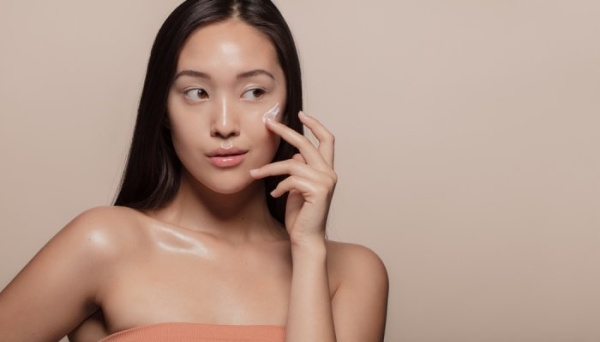
The premiumization trend is reshaping the preferences of consumers in the Asia-Pacific (APAC) region, according to GlobalData. Premium and luxury cosmetic products that promise a superior experience are increasingly coveted by consumers that are ready to invest more in their beauty routines.
The demand for premium and ultra-premium beauty products is surging in the Asia-Pacific (APAC) region, fueled by consumers’ rising disposable income coupled with growing inclination towards high quality ingredients. Shoppers, especially older ones, are seeking luxury goods to get a superior experience, found GlobalData in a recent survey [1]. In addition, the search for a healthy grooming routine also drives consumers towards more expensive products perceived to have high quality attributes.
This shift in consumer preferences is reshaping the cosmetics market in the APAC region, says the market research firm.
“Premiumization is an emerging trend in the APAC region, which is fueled by changing consumer needs and increasing affinity towards superior quality products. Countries such as China, India, and South Korea registered significant growths in gross disposable income per household in 2023 [2], supporting the trend. Moreover, the high internet penetration in APAC countries such as South Korea (98.6%) and China (78%) made beauty products more accessible to consumers through e-commerce platforms, benefiting the trend. Additionally, consumers are also seeking quality products with unique and uncommon ingredients that are well researched and have stable formulations,” said Naveed Khan, Consumer Analyst at GlobalData.
Thirst for innovation
66% of respondents in Asia & Australasia to the GlobalData 2024 Q2 Consumer Survey stated that they find “novel/unique” attributes in product purchases as either essential or nice to have. In the same survey, 34% of respondents stated that they prefer “high quality products/ingredients” in beauty and grooming products.
In response, manufacturers are using novel and uncommon ingredients. For instance, in October 2023, Bio Essence introduced a Gel Cleanser in Malaysia, containing unique and high-quality ingredients such as “24k bio-gold” and “nano gold peptide,” which were claimed to provide antioxidant protection, reduce signs of anti-aging, and rejuvenate skin.
“Young consumers, especially Gen-Z, are preferring quality over quantity and are seeking premium cosmetics. Moreover, the ease of availability of both local and international brands through e-commerce platforms and growing consumer focus on their appearance is boosting the premiumization trend in the region. Furthermore, changing global beauty standards and the growing K-beauty and J-beauty trend that focus on traditional methods and unique ingredients are further fueling the premium products market in the region. As a result, in the past few years, various premium beauty brands such as Charlotte Tilbury and Sulwhasoo have established their base in Asian geographies,” added Deepak Nautiyal, Consumer and Retail Commercial Director, APAC and ME at GlobalData.
American beauty company Coty is also looking to leverage the trend in China to improve its market in the region. In 2023, the company introduced Lancaster Ligne Princière, an ultra-premium cosmetic product range in the country. It also introduced its premium skincare brand Orveda in the year.
In 2024, Sisley Paris introduced a high-quality anti-aging cream, Sisleÿa L’Intégral Anti-Age Fresh Gel Cream in Hong Kong. It is claimed to contain ingredients such as Alchemilla extract, Lindera extract, Persian acacia extract, apple pip extracts, yeast, and soy protein complex.
Khan concludes: “Growing consumer inclination towards high quality and premium priced products will offer significant growth opportunities to manufacturers in the region. Moreover, manufacturers must concentrate on introducing products with innovative ingredient combinations in attractive and sustainable packaging to offer the premium appeal capable of attracting consumers.”






